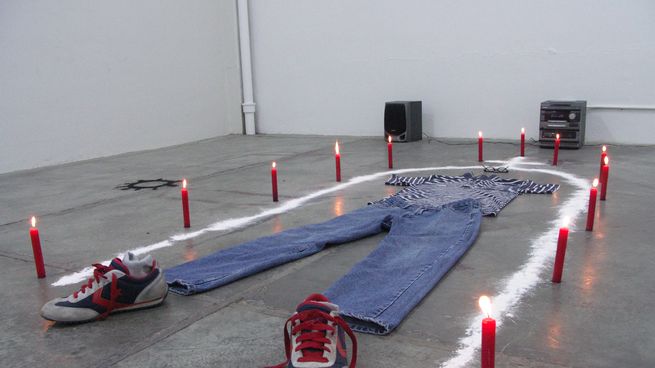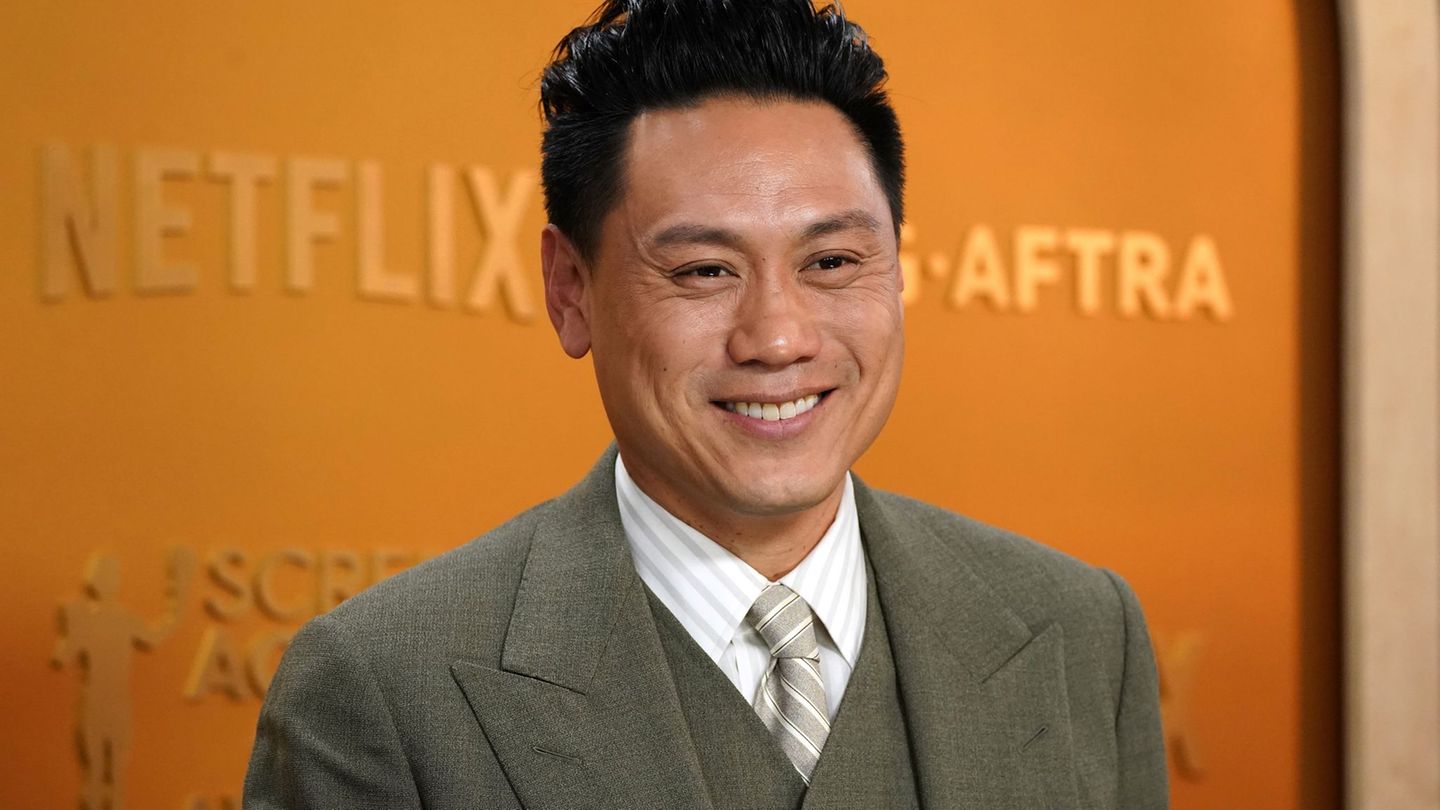The Marco de La Boca Museum pays tribute to the painter who became, despite the short time he lived, emblematic of Latin American popular expression. The exhibition reflects a dialogue between aesthetics and religion.
He Marco de La Boca Museumbelonging to the Tres Pinos Foundation, pays tribute to the Venezuelan artist Dixon Calvetti who developed important educational-community work as coordinator of this private institution. From its beginnings it delved into topics such as popular religiosity, especially the religious syncretism of the province of Yaracuy, the Venezuelan political-cultural situation and migration.
The content you want to access is exclusive to subscribers.
The cult of María Lionza is configured as a central axis of research, hence he is positioned as one of the leading contemporary Venezuelan artists in regards to the dialogue between art and ritual.popular spirituality and one of the exponents of the intersections between religiosity, family devotion, hybridity and particular aesthetic resignification.


Born in San Felipe in 1980, he lived there until 2018 when he emigrated to Argentina as part of the exodus of Venezuelan refugees, and documented his 14-day, 8,250 km trip, crossing borders until he reached Jujuy and from there to Buenos Aires where he was received. by the curator of this museum, his friend and artist, Juan Carlos Urrutia, who had arrived in 2010. Dixon Calvetti died prematurely in Buenos Aires in July 2023.
The exhibition is titled “Entrance” which in its double meaning means “entrance” and also “trance” which refers to a “state of perception and elevated spiritual consciousness”, according to the curator of the exhibition, the aforementioned Urrutia in his text. Calvetti’s artistic language is performance, installation, video-art, video-performance, photography, drawing and painting.. For this he used chimó (viscous chewing paste based on tobacco) whose use is related to ritualism and healing in native cultures and aboriginal peasant rites.
He also used onote or annatto, a coloring and seasoning in popular gastronomy, in the body ornamentation of some indigenous cultures, and jute, a fabric used in the agricultural industry. Calvetti published academic articles in specialized magazines from Peru, Ecuador, and Colombia. He participated in museum exhibitions in his native country, Mexico, in museums in Barcelona and Valencia.
As to Maria Lionzanamed at the beginning of this note, It is considered a female deity belonging to Venezuelan spiritualism; The origin of its cult dates back to the 20th century and its importance is such that thousands of people have participated in its ritual. She is represented as a white woman, of indigenous origin, with a gold crown on her head.
It lives in the mountains of Sorte, converted into a place of pilgrimage. Parishioners immerse themselves in wells and bathe under waterfalls to purify and cleanse themselves.. She was immortalized as a naked woman, with athletic muscles on a tapir (male tapir), with her hands outstretched she holds a female pelvic bone and on her feet, that tapir crushes some snakes (a symbol of envy and selfishness).
An exhibition of a ritualistic nature to which urban inhabitants are not accustomed due to its symbolic elements, codes, drawings of stars, candles, tobacco smoke, offerings for the altar, colored plastic balloons, conceptual maps. Juan Carlos Urrutia poetically points out “that everything begins with a myth and ends with a ritual.” The one offered to us by the man of the chimó, the tobacco and the sacred mountain that dances…”
Felix Suazo, Cuban-Venezuelan art critic, highlighted that “In Calvetti’s work there is nothing sacrilegious or irreverent, this artist has an ecumenical vocation that understands the sacred as a multifocal and unifying category”. (Marco Museum, Almirante Brown 1031. From 11 a.m. to 7 p.m.).
Source: Ambito
I am an author and journalist who has worked in the entertainment industry for over a decade. I currently work as a news editor at a major news website, and my focus is on covering the latest trends in entertainment. I also write occasional pieces for other outlets, and have authored two books about the entertainment industry.




